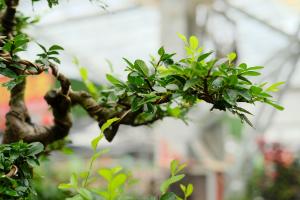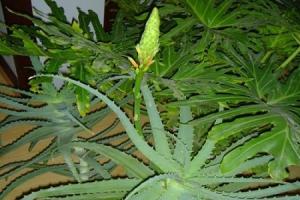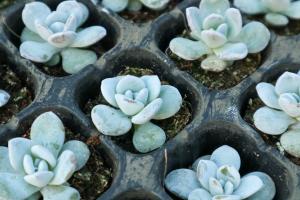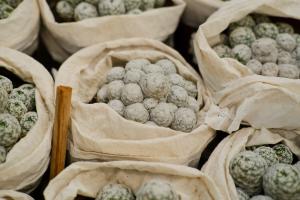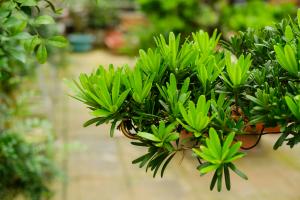How Long Does a Lavender Plant Live?
Introduction
Lavender is a popular herb that is widely known for its fresh scent and calming properties. It is commonly grown in gardens, along borders, and as a decorative plant for its delicate and vibrant blooms. But how long does a lavender plant live? In this article, we explore the lifespan of a lavender plant and the factors that can affect its longevity.
Lifespan of Lavender Plant
A lavender plant has an average lifespan of 5-10 years. However, some varieties can live up to 20 years under the right growing conditions. The lifespan of a lavender plant can be affected by several factors, such as soil fertility, water availability, temperature, and pests or diseases.
Growing Conditions
To maximize the lifespan of your lavender plant, it is crucial to provide it with the right growing conditions. Lavender thrives in well-draining soil that has a neutral to slightly alkaline pH. It also requires full sun exposure and is tolerant of a range of temperatures, from cool to hot.
Make sure to space your lavender plants at least 3 feet apart or more to allow good air circulation and avoid crowding. Water your lavender plant deeply and infrequently, allowing the soil to dry out in between waterings. Overwatering can lead to root rot and fungal diseases, which can significantly reduce the lifespan of your plant.
Pruning and Maintenance
Proper pruning and maintenance can also extend the lifespan of your lavender plant. Pruning your lavender plant in the spring can help promote new growth and prevent woody and leggy stems. You can also remove any dead or diseased parts of the plant to prevent the spread of pests and diseases.
Additionally, you can fertilize your lavender plant with a balanced fertilizer once or twice a year to provide it with essential nutrients. However, be careful not to over-fertilize, as this can cause excessive growth and reduce the plant's longevity.
Pests and Diseases
Pests and diseases can also affect the lifespan of your lavender plant. Common pests that affect lavender include spider mites, thrips, and mealybugs. You can control these pests by regularly inspecting your plant and removing any signs of infestation by hand or with insecticidal soap.
Diseases that can affect lavender include root rot, powdery mildew, and leaf spot. You can prevent these diseases by avoiding overwatering, providing good air circulation, and removing any infected parts of the plant promptly. Using fungicides may also help control these diseases.
Conclusion
In conclusion, the lifespan of a lavender plant can vary depending on the growing conditions, pruning and maintenance, and pests and diseases. By providing your lavender plant with the right conditions and care, you can help extend its lifespan and enjoy its delicate blooms and fresh scent for many years.

 how many times do yo...
how many times do yo... how many planted tre...
how many planted tre... how many pine trees ...
how many pine trees ... how many pecan trees...
how many pecan trees... how many plants comp...
how many plants comp... how many plants can ...
how many plants can ... how many plants and ...
how many plants and ... how many pepper plan...
how many pepper plan...